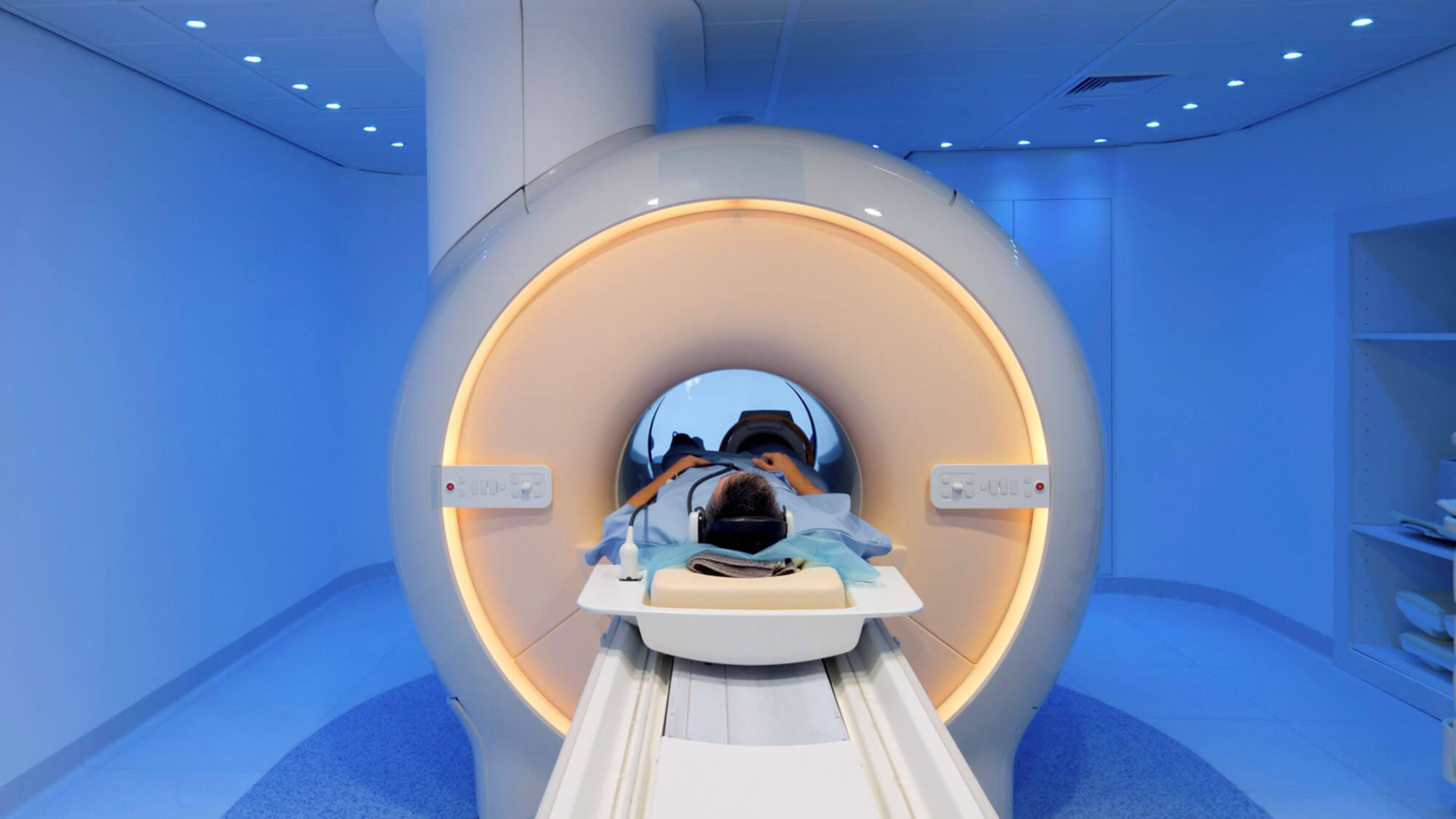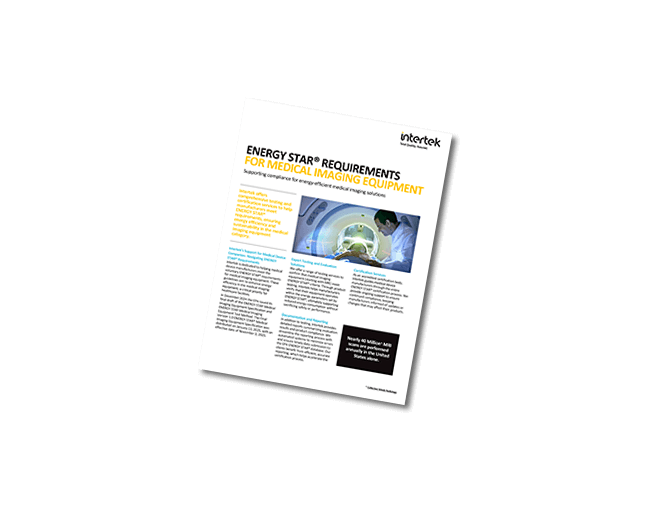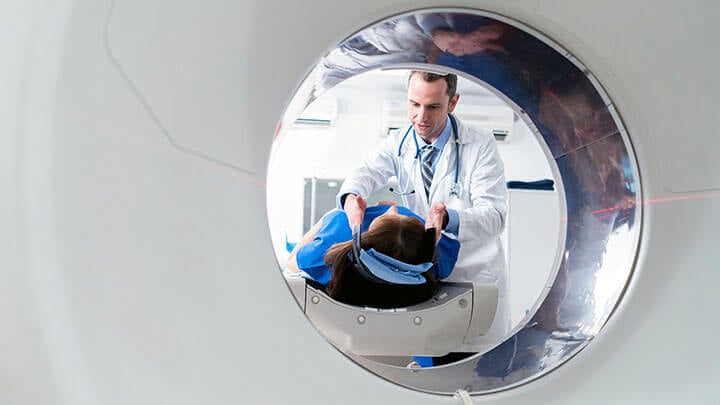Emerging Sustainability Standards Are Redefining Medical Imaging Systems

04 Feb 2025
What Medical Device Manufacturers need to know about Meeting the Challenges of New ENERGY STAR® Standards
The healthcare industry has long been a critical sector for both its life-saving services and its significant environmental footprint. Among the many systems powering modern hospitals and healthcare facilities, MRI machines stand out not only as essential devices but also as energy-intensive devices. With millions of MRI scans performed annually in the United States alone, these systems contribute heavily to a facility's energy consumption. As the demand for diagnostic imaging continues to grow, so does the pressing need for smarter energy management within healthcare facilities.
Hospitals and other medical institutions have already begun adopting sustainability measures, such as improving the energy efficiency of buildings and integrating renewable energy sources. However, significant opportunities remain untapped in the realm of energy consumption by medical imaging equipment. Reducing the power demands of devices like MRI systems can have a profound impact, enabling facilities to achieve both cost savings and sustainability goals. Recognizing this opportunity, the U.S. Environmental Protection Agency (EPA) has taken a significant step by drafting the first-ever ENERGY STAR® guidelines for medical imaging equipment.
In December 2024 the EPA issued its final draft of the ENERGY STAR® Medical Imaging Equipment Specification and ENERGY STAR® Medical Imaging Equipment Test Method. The Final Version 1.0 ENERGY STAR® Medical Imaging Equipment Specification was distributed on January 13, 2025, with an effective date of November 3, 2025.
This specification represents a groundbreaking effort to reduce energy consumption in MRI systems. It outlines criteria for both automatic and manual power management features, emphasizing transitions to low-power modes during periods of inactivity. These measures aim to reduce the energy footprint of MRI systems without compromising their performance or availability for critical diagnostic work.
The decision to focus on MRI systems for this initial draft reflects both the importance and the unique challenges of these devices. MRI systems are among the most energy-intensive pieces of equipment in a hospital, consuming vast amounts of power during scans and maintaining a constant state of readiness for use. Unlike some other imaging devices, MRIs require a high level of operational power to maintain superconducting magnets and cooling systems. Addressing energy management in this context is a complex but high-reward endeavor.
The decision to begin with MRI systems, rather than expanding immediately to other imaging technologies like CT or other systems, was likely driven by their higher energy demands and the potential for significant energy savings. However, the EPA has signaled its intention to include additional imaging modalities in future updates to the specification. By starting with MRIs, the agency is establishing a foundation of best practices that can be adopted for other medical imaging devices in the years to come.
This certification will provide a valuable benchmark for hospitals seeking to align their operations with sustainability goals while reducing healthcare facility operational costs. Projections suggest that standards for other medical imaging equipment could follow within a few years, further expanding the program’s impact.
As the healthcare sector prepares for these changes, Intertek is ready to support manufacturers in navigating the certification process. With decades of experience testing products for ENERGY STAR® certification, Intertek has been a trusted partner across industries ranging from lighting and IT equipment to home appliances and building materials. This expertise uniquely positions Intertek to help medical device manufacturers ensure compliance with the new ENERGY STAR® requirements as they are finalized.
Intertek’s capabilities extend beyond energy efficiency testing to encompass a deep understanding of medical device standards and performance requirements. This dual expertise enables us to offer comprehensive Assurance, Testing, Inspection, and Certification (ATIC) solutions for device manufacturers looking to achieve compliance across all safety, performance, and sustainability measures. By partnering with Intertek, manufacturers can demonstrate conformity, gain market access, and contribute to the healthcare industry’s sustainability goals as soon as the program is ready to launch.
The EPA’s efforts to introduce ENERGY STAR® guidelines for medical imaging equipment mark a pivotal moment for the healthcare sector. By targeting energy efficiency in MRI systems, the agency is paving the way for broader adoption of sustainable practices in hospitals and beyond. Intertek’s role in this transformation underscores its commitment to helping manufacturers meet the challenges of a more energy-conscious future. Together, these efforts represent a meaningful step toward reducing the environmental impact of healthcare while maintaining the high standards of care patients deserve.


